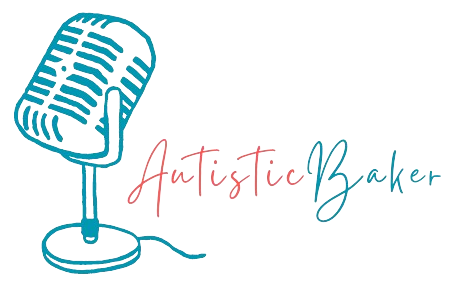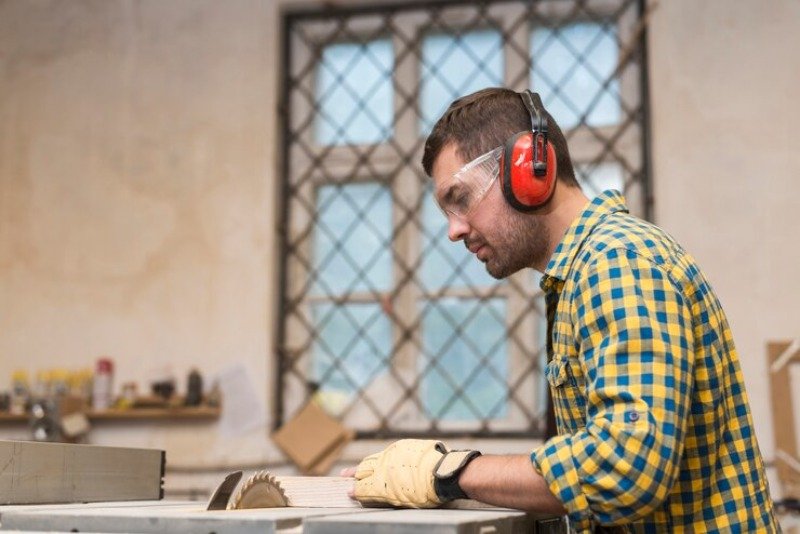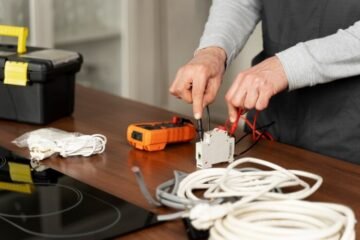Woodworking projects involve cutting, sanding, and machining wood, which can generate large amounts of fine wood dust as well as loud noise levels. Exposure to these hazards without proper protective gear can lead to respiratory issues and permanent hearing damage over time. This guide covers choosing the right respirator and hearing protection so you can pursue woodworking safely.
Selecting a Respirator
Wood dust can cause respiratory illnesses like asthma and sinusitis, so wearing a proper respirator is critical for safe woodworking. Here are some key factors in choosing an effective respirator:
- Disposable vs Reusable – Disposable respirators like N95 masks are convenient options but generate waste after one use. Reusable respirators have replaceable filters and are cost-effective in the long run.
- Fit – An ill-fitting respirator leaks dust around the edges, compromising protection. Get properly fitted for a tight seal around your nose and mouth. Respirators like half-masks and full-face models often provide a more secure fit than disposable masks.
- Filtration – N95 respirators filter out at least 95% of airborne particles. For protection against fine wood dust, opt for respirators rated N99, N100, or P100 which filter 99-99.7% of particles.
- Comfort – The respirator should not restrict normal breathing or fog up glasses. Consider ease of use, weight, breathability, and adjustable straps for comfort.
For most home or small workshop settings, a reusable half-mask or full-face respirator rated N95 or higher provides adequate protection against wood dust. Always check for certification like NIOSH to ensure effectiveness. Replace filters regularly.
Choosing Hearing Protection
Prolonged exposure to noise over 85 decibels can cause permanent hearing loss over time. Many common woodworking tools like table saws, routers, planers, and sanders exceed 100 dB. Options for hearing protection include:
- Earplugs – Inexpensive disposable or reusable plugs made of foam, silicone, or other materials block sound entry into the ear canal. They come in various sizes and shapes for a comfortable, secure fit.
- Earmuffs – These completely cover the ears with sound-blocking cushioned cups to prevent noise from entering the ear canals. Earmuffs often provide a higher noise reduction rating than most earplugs.
- Electronic Earmuffs – These feature built-in microphones that amplify ambient and speech sounds while electronically blocking loud noises over 82dB. This allows you to remain aware of your surroundings while protecting hearing.
For occasional woodworking, disposable foam earplugs may work fine. For regular use, opt for earmuffs or electronic earmuffs to enable communication and spatial awareness while operating loud tools. Look for a high noise reduction rating of 25+ decibels.
Proper Use of Respirators and Hearing Protection
To get full protection, follow these guidelines when using respirators and hearing protection:
- Inspect all PPE before each use and maintain/clean as per the manufacturer’s directions. Replace damaged or worn parts.
- Clean reusable respirators after each use to remove dust buildup. Change filters regularly as specified.
- Ensure a tight seal on respirators with no gaps, facial hair, or obstructions that could cause leakage. Always conduct a fit check before starting work.
- Insert foam earplugs by rolling them into a narrow cylinder and pulling the outer ear up and back when inserting to get a snug fit.
- For earmuffs, adjust the headband so cushions firmly seal around the ears to block sound fully.
- Wear eye protection like safety goggles as dust and flying wood chips can also injure eyes.
Using proper respiratory and hearing protection consistently and correctly will help minimise health risks from wood dust and noise exposure when woodworking. Stay vigilant about safety gear to protect your long-term respiratory and hearing health.




